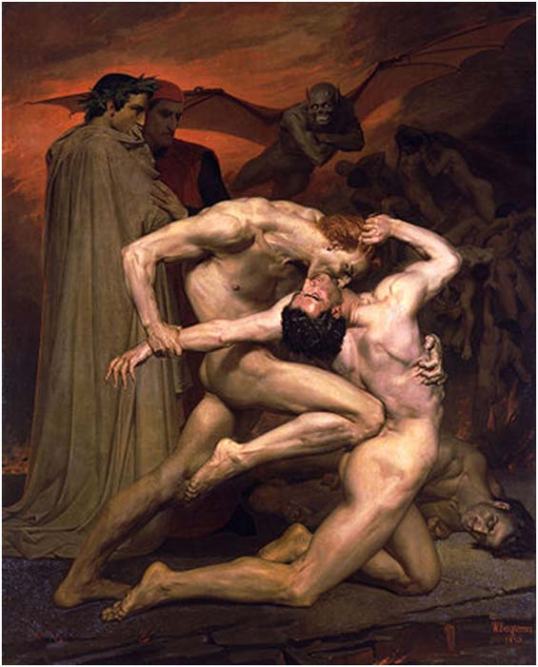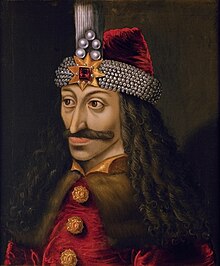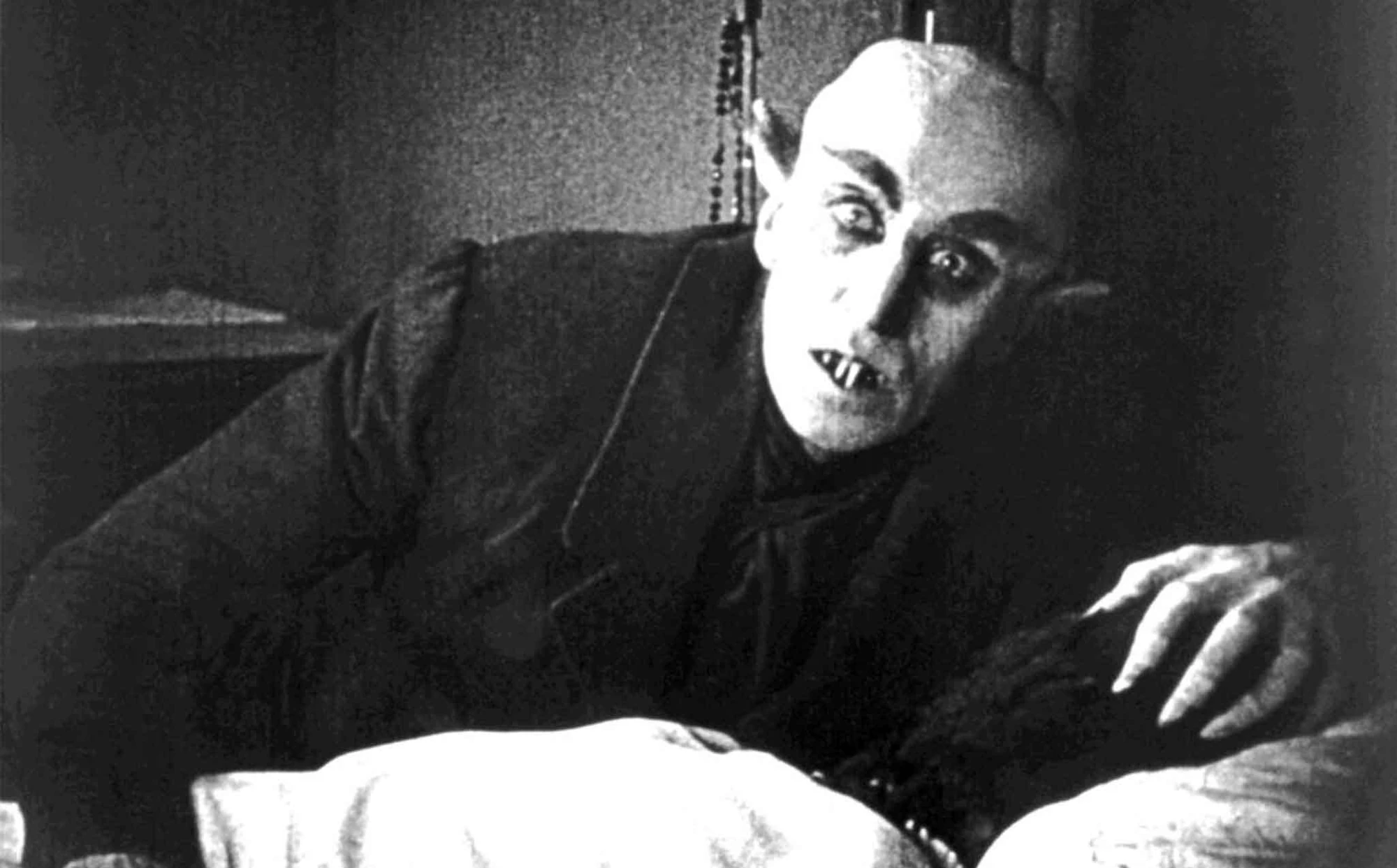Dracula, the ultimate vampire, is the literary character with the most amount of film adaptaions tahn any other character in histroy (Sherlock Holmes being the HUMAN character with the most amount of film adaptations). With the Taika Waititi show What We Do In The Shadows, based on his film of the same name coming out this week, we decided to take a look at the history of vampires throughout the years, to lead to this satirical mocumentary around these creatures that both cause and defy death.
Pre-Stoker
The first instance of a vampire story was in Greek Mythology. Author Lyn Gibson tells the story wonderfully below:
Ambrogio, an Italian born adventurer, found himself in Greece as it had been a life long dream to have his fortune told by the legendary Oracle of Delphi. The Oracle, upon laying eyes upon him muttered only a few cryptic phrases; “The curse. The moon. The blood will run.”
Ambrogio was disturbed by the Oracles message and spent the night outside of the the temple as he pondered the meaning. At daybreak a beautiful young maiden appeared, the sister of the Oracle, Selene, came every morning to care for her and the temple.
Ambrogio would meet with the maiden every morning and soon fell deeply in love with her and asked for her to marry him and return to his home land with him upon his departure.
Apollo had been watching and was enraged that this mortal would dare take his beautiful maiden, in his fury he cursed Ambrogio so that the touch of Apollos sun would burn his flesh also prohibiting him from meeting with Selene the next morning to depart for Italy. Having no alternative, Ambrogio fled to the caves and sought the protection of Hades.
Hades and Ambrogio came to a deal, but Abrogio would have to leave his soul with Hades as down payment. The deal was that Hades would give him a magical wooden bow with 11 arrows. Ambrogio was to offer his kill to Artemis, sister of Apollo, in order to gain her favor and steal her silver bow which he would then deliver to Hades to retrieve his soul.
Ambrogio squandered the arrows by killing swans and writing poetry to Selene in their blood, but was able to steal Artemis’ silver bow. Once Artemis realized what had happened, she bestowed a curse upon Ambrogio that the touch of silver to his skin would burn him and cause him great pain.Ambrogio was forced to drop the bow before he could deliver it to Hades. Now the bearer of two curses from the Gods, Ambrogio fell to his knees and begged for mercy while explaining his predicament. Artemis felt pity for the man and gave him one last chance. She then made him as powerful of a hunter as she was with the speed and strength of a God, and fangs for him to draw the blood of his prey to continue writing his poetry.
In exchange for this immortality he would have to abandon all other Gods but her and since Artemis was a virgin God, he too would suffer her fate and was required to abandon his love Selene. He agreed and that night wrote a message to Selene telling her to meet with him on his ship. In the hull of the ship she discovered a wooden coffin with another note attached that told her to order the ship to sail and not to open the coffin until sunset.
The couple sailed to Ephesus and lived for many years in the caves together. Ambrogio had never aged but the years had not been kind to Selene and she soon fell ill. As his soul still resided in Hades it would be impossible for the two of them to spend the afterlife together.
That evening he walked to the pond and found a swan which he then killed and offered to Artemis who then appeared to him. She had been pleased with his loyalty and service to her and decided to to make him one last deal. Ambrogio could touch Selene just once-to drink her blood. This act would kill Selene’s mortal body but would guarantee that they would stay together forever.Upon drinking Selene’s blood he laid her lifeless body down and watched as she began to radiate with light. He watched further as her spirit raised up into the heavens and met with Artemis at the moon , which lit up at her arrival. Selene became the Goddess of moonlight and every night she would reach down from the heavens and touch her beloved Ambrogio and the children-the newly created vampires who carried the blood of Ambrogio and Selene, together.
Lyn Gibson – Link

As you can see here, we have all of the bases for the vampire lore we all know so well, save a few things, such as garlic and the Crucifix.
The next notable story would be The Vampyre, written in 1819 by John Polidori, however the only thing it really adds to the genre, is the idea that the vampire seduces their prey before killing them. The first recorded instance of any sexually transmitted infection was back in the 15th century, so the thought among many scholars is that The Vampyre was a cautionary tale against pre-marital sex, due to the potential of STIs.

Dracula and Co.
Enter Bram Stoker, and the definitive vampire Count Dracula. Many people have heard that Dracula was based on Vlad the Impaler, but what many people don’t know, is Vlad was the son of Vlad Dracul, and would have introduced himself as “Dracula.” That was his actual name.

From the Stoker novel, we also get Van Helsing, famed vampire hunter, who has also been seen in a number of movies and stories. This is also where we get the idea that vampires don’t have reflections or shadows, allergic to garlic, scared of holy symbols, and requiring an invitation into your house.
It was from this Transylvanian monster that most of the pop culture vampires are based, including games and anime in Castlevania, Strahd von Zarovich of Ravenloft in Dungeons & Dragons, Count Chocula, and The Count in Sesame Street.
Fun Fact: The first time that someone tried to make a movie based on Dracula, they weren’t granted the rights, so they changed the vampires name to Nosferatu, made him more bat-like, and relatively the same story.

Vampires Evolved
Of course, over time, people wanted to tell stories of different kinds of vampires. One of the most interesting would be Richard Matheson’s I Am Legend. In it, he pulled part of vampire history, in which medieval Europeans believed that vampires were the cause of the Bubonic Plague, or “Black Death” that took out 25-60% of all Europeans during the 14th century. Matheson saw vampires as less of a monster, more of a sickness that would spread, violently, from person to person. This story was used not only in the films The Last Man on Earth (1964), Omega Man (1971), and I Am Legend (2007) with Will Smith, but also was a heavy inspiration for Night of the Living Dead (1968) by George A. Romero, and spawned the modern zombie.

Other popular versions of zombies reimagined include Buffy the Vampire Slayer, in which vampires are more like demons possessing people, and Twilight, in which vampires are glittery and sometimes have X-Men styled superpowers. The only other notable vampire would be from Marvel’s Blade, in which vampires are a sub-species of human known as Hominis Nocturna.

Vampires have had a long and interesting history, are one of the oldest and most popular monsters in modern culture, and will probably be made into movies and stories for generations to come.





I have a lot of stories in Greek mythology, but I have NEVER heard about this story. Why is this not more well known?
LikeLike
I don’t know! I didn’t learn it until doing research for this article, and it’s so cool! Would’ve fit perfectly in Percy Jackson, or that old John Hurt show where he tells the Greek stories to his dog.
LikeLiked by 1 person
That was John Hurt?!?!
LikeLike
‘Twas

LikeLike
I heard that Bram Stoker didn’t intend to base Dracula on Vlad the Impaler. It was just a coincidence, and by the time he learned, the book was nearly done.
LikeLike
My favorite vampire has got to be either Marcilene or Alucard from Hellsing Ultimate. And I mean the abridged version by Team Four Star; their Alucard is hilarious.
LikeLike
I really like the character concept for Marcilene, with eating the color red instead of actual blood, and a bit of Raven from Teen Titans thrown in there with the backstory, she’s really cool.
Unfortunatley I’m not familiar with Hellsing Ultimate, I don’t watch a whole lot of anime, but I’m assuming it’s good?
LikeLiked by 1 person
It has Crispin Freeman as Alucard. But I prefer the abridged version. That has Takahata101 from TFS as Alucard.
LikeLike
Here’s a link to the best scene in the abridged series: https://youtu.be/NZuqUofH6D4
LikeLike